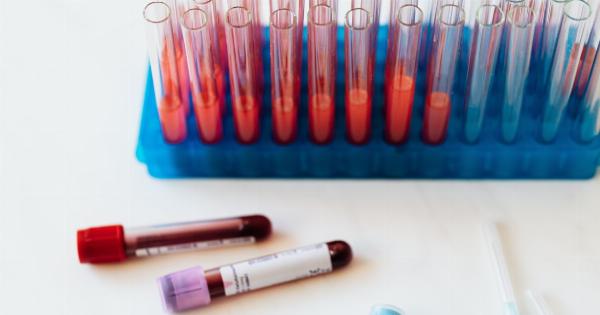Liquid retention, also known as fluid retention or edema, is a condition in which excess fluid builds up in certain parts of the body, leading to swelling and discomfort.
It can occur due to various reasons such as an underlying health condition, certain medications, or hormonal changes. Identifying the symptoms of liquid retention is crucial for early detection and prompt treatment. In this article, we will provide you with a quick test to help you determine if you have liquid retention.
Test to Determine Liquid Retention
Before we begin the test, it’s important to note that this is just a preliminary assessment and not a substitute for professional medical advice.
If you suspect you have liquid retention or are experiencing persistent symptoms, it is recommended to consult a healthcare professional for an accurate diagnosis.
Step 1: Examine Your Skin
The first step is to examine your skin for any signs of swelling or puffiness. Focus on areas such as your ankles, feet, hands, or face.
Using a gentle touch, press your finger against the skin and look for any indentation that remains for several seconds after you release the pressure.
Step 2: Check Your Clothes
Take a look at your clothes, especially if you notice tightness or discomfort in certain areas.
Are your socks leaving marks on your ankles? Do your shoes feel tighter than usual? Are your rings or bracelets feeling snug? These can be indicators of liquid retention.
Step 3: Monitor Your Urination
Another useful way to assess liquid retention is by keeping an eye on your urination. Are you experiencing a decrease in urine output? Is the color of your urine darker than usual? These may suggest fluid overload and the need for further evaluation.
Step 4: Evaluate Swelling Duration
If you have noticed swelling, it is important to evaluate its duration. Liquid retention-related swelling often persists for several days or even weeks.
If you experience prolonged swelling without any apparent cause, it’s advisable to consult a healthcare professional.
Step 5: Check for Additional Symptoms
Liquid retention can sometimes be accompanied by other symptoms. Take note if you have any of the following:.
- Shortness of breath
- Fatigue or tiredness
- Weight gain
- Tenderness or pain in the swollen area
- Reduced flexibility or joint stiffness
If you are experiencing these symptoms along with swelling, it is essential to seek medical attention for further evaluation.
Interpreting Your Results
Now that you have completed the quick test, let’s interpret the results:.
- If you answered “yes” to multiple steps and are experiencing persistent swelling or uncomfortable symptoms, it is advisable to consult a healthcare professional for further evaluation.
- If you answered “no” to all the steps and are not experiencing any notable symptoms, it is less likely that you have liquid retention. However, if you still have concerns, it is always best to seek professional advice.
Note: It is important to remember that this test is not a definitive diagnosis, but rather a simple assessment. Only a healthcare professional can provide an accurate diagnosis and recommend the appropriate treatment.
Conclusion
Being aware of the symptoms and signs of liquid retention is crucial for maintaining optimal health. This quick test serves as a preliminary tool to help you determine if you may have liquid retention.
Always remember to consult a healthcare professional for an accurate diagnosis and personalized treatment plan.




























